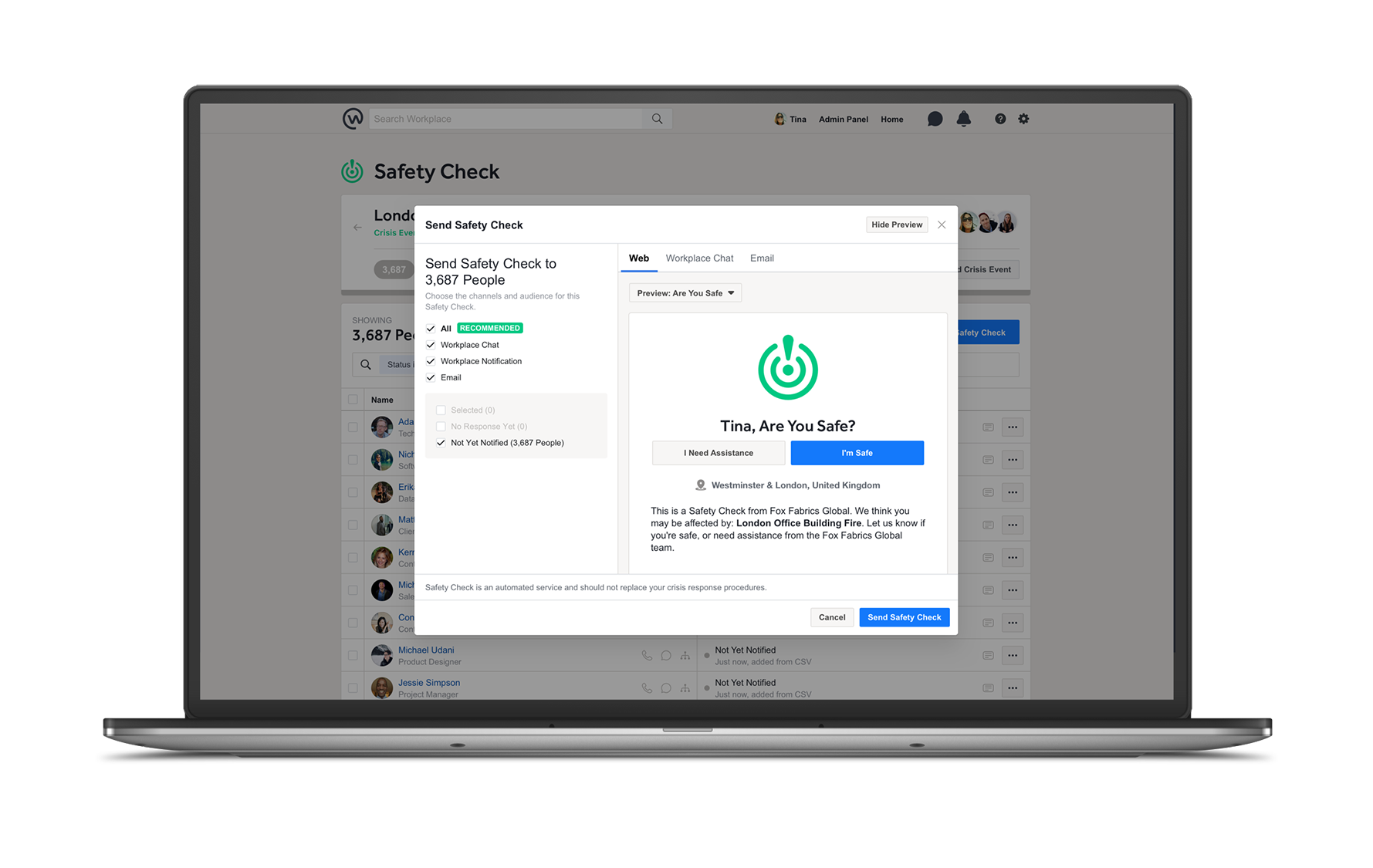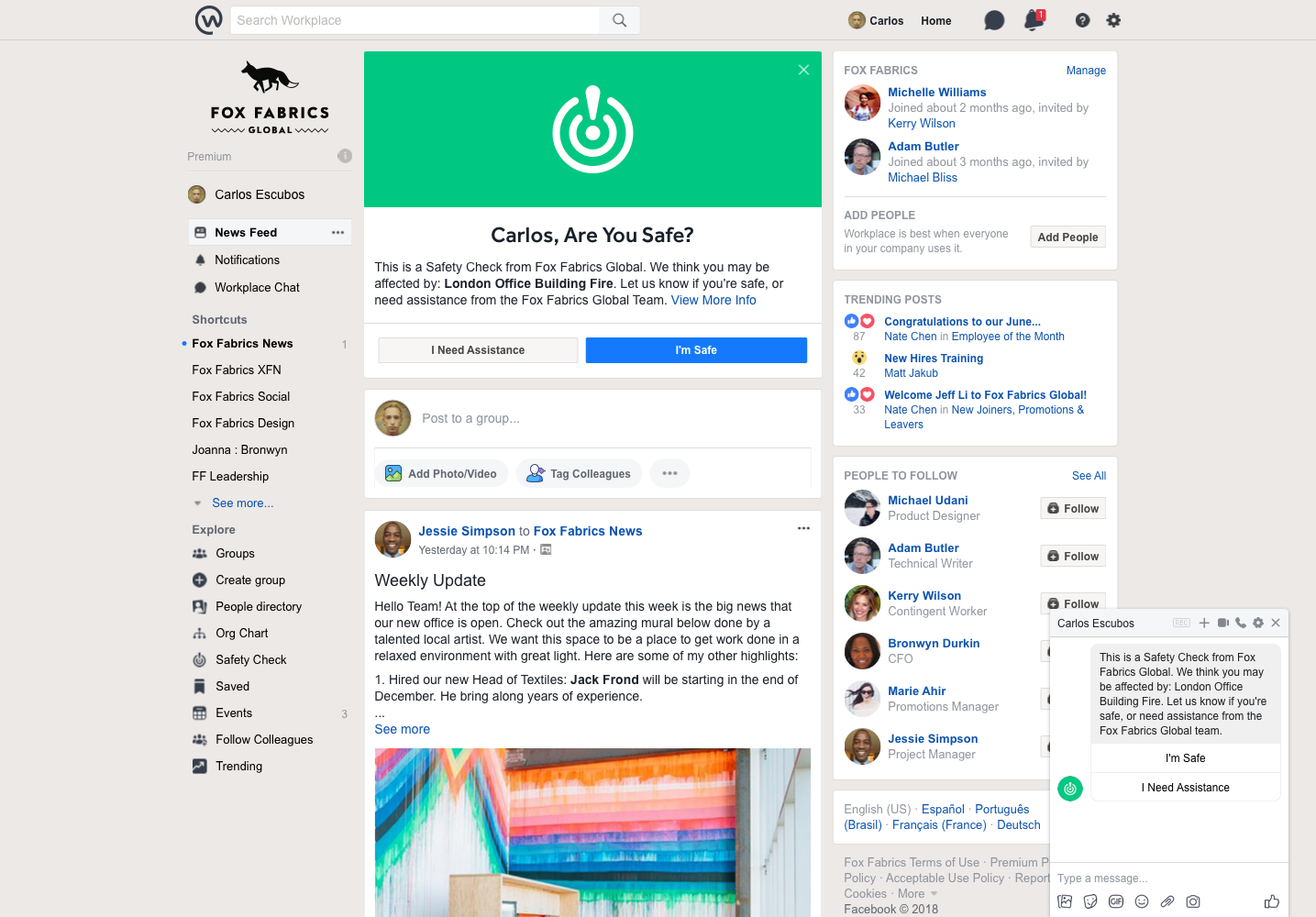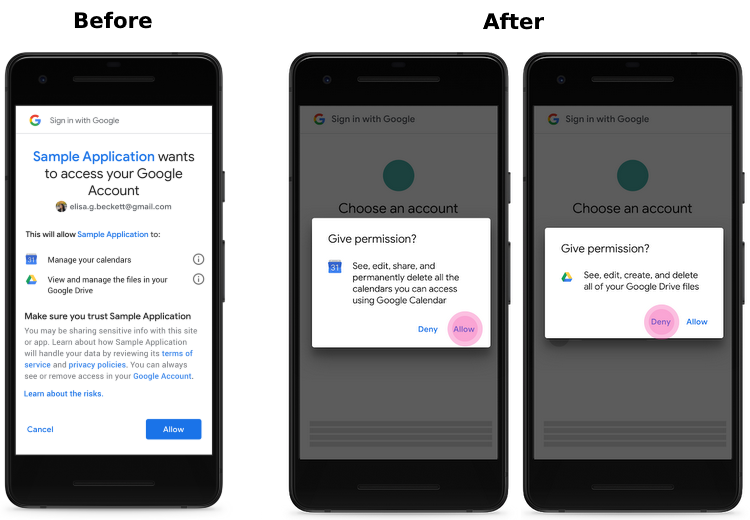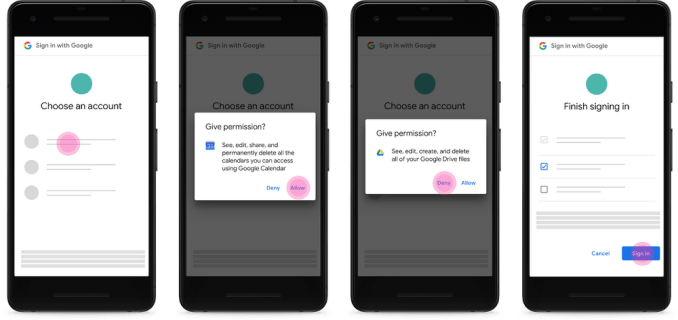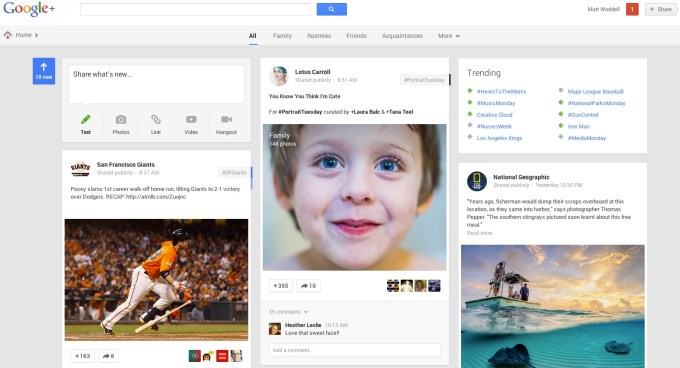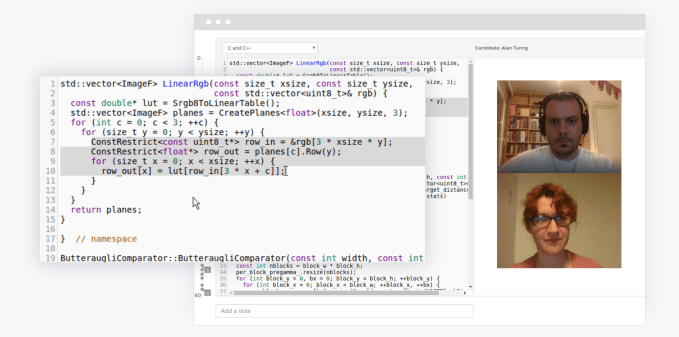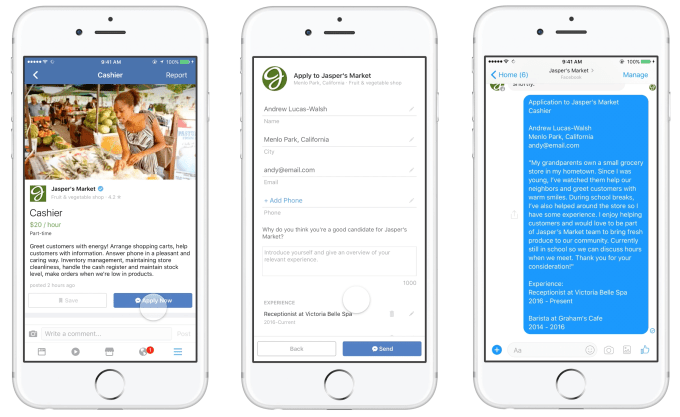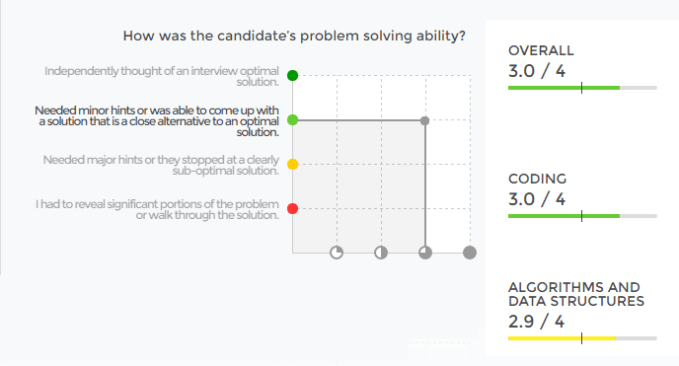Four Elon Musk tweets. One Securities and Exchange Commission lawsuit. Two settlement offers. Then some more Musk tweets taunting the SEC.
While Tesla continues to prove its doubters wrong as an automotive and energy business, the ongoing social media sideshow hangs over its finances. The stock rose to $310.70 per share on Monday, after Musk agreed to settle with the SEC last weekend. But the company ended this Friday around where it had been a week before, at $261.95 per share, seemingly driven by investor fears over the chief executive’s ongoing Twitter problem.
The SEC needs to help creative but impulsive entrepreneurs like Musk get off of social media and focus on building their companies—by being fair but firm.
So far, it’s been too easy, and that’s setting the wrong precedent. When companies go public, they’re agreeing to put the interests of their shareholders first. Impulsive tweeting breaks that bargain.
Once Musk rejected the first settlement, the SEC could have proceeded with its lawsuit and set an example. Musk’s tweets were just the kind of egregious behavior that would have been an easy win in court. The SEC wouldn’t have needed to prove any intent by Musk to defraud. It would’ve just had to prove that it was more likely than not that Musk had disclosed a materially false fact or a misleading one without context—not a high bar when you consider the very flimsy basis for Musk’s tweets.
How did we end up here?
It all started with a single tweet. On August 7, Elon Musk tweeted to his more than 22 million Twitter followers: “Am considering taking Tesla private at $420. Funding secured.” The frenzy that followed was amplified by three more Musk tweets.
Combined, these four tweets formed the basis of the SEC’s lawsuit against Musk filed in the Southern District of New York on September 27. In its suit, the SEC asked the court to remove Musk as both Chairman and CEO of Tesla, have Musk pay unquantified civil fines, and prohibit Musk from leading any publicly listed company for an unspecified time.
According to the SEC, Musk’s tweets were based on a roughly half hour meeting on July 31 between him and representatives of the Saudi sovereign wealth fund. At this meeting, the fund told Musk it’d bought nearly 5% of Tesla stock on the open market, and expressed interest in taking Tesla private. But Musk didn’t get any formal offer, he didn’t then get full legal advice about what it would take to go private, and he hadn’t even talked to the fund again before his August 7 tweets.
Oh, and the $420 price? The SEC’s complaint claims Musk added 20% to the price of the stock at closing the day before his tweet, got $419 and rounded up to $420 because he thought his girlfriend would find it funny given 420’s significance.
Right after the SEC’s suit was filed, a reported settlement between Musk and the SEC would have allowed him to pay a $10 million fine, stay on as CEO and force him to step down as chairman for only two years. Considering what the SEC was suing for, those terms can only be described as generous. But Tesla’s board still rejected the settlement, reportedly because Musk threatened to quit if they accepted.
The day after rejecting the settlement, Tesla lawyers were back at the SEC groveling. Musk had begrudgingly approved of settling as the company’s stock nosedived nearly 14% on the no-settlement news.
Under the terms of settlement 2.0, the ban on Musk serving as chairman went from two to three years and the fine on Musk doubled to $20 million. Tesla also agreed to pay a fine of $20 million, to add two independent directors to its board and to elect an independent director as chairman to replace Musk. As part of the deal, Tesla is also required to implement procedures and controls to oversee Musk’s communications, including his social media usage.
Just hours after the judge presiding over the case asked Musk and the SEC to show the settlement was in the “public interest,” Musk took to Twitter again to taunt the very counterpart whose help he needs to get the court on board with the settlement: “Just want to [sic] that the Shortseller Enrichment Commission is doing incredible work. And the name change is so on point!” On cue, Tesla’s stock price fell after Musk’s latest tweet.
The SEC may still pull the plug on the deal altogether, but—if history is prologue—that seems highly unlikely.
What’s wrong with Musk’s tweets?
The main issue is whether Musk’s tweets were false or at least misleading. Under the SEC’s rules, you can’t make a false material statement or not give enough context in making a statement to make sure it’s not misleading. You can easily see how Musk’s tweets can count as either false or—without any caveats about how preliminary the talks were—at least misleading.
Saying “funding secured,” means Tesla actually had the more than $70 billion probably needed to take the company private. No such funding was actually secured. No deal terms were discussed let alone agreed on with the Saudis. Even if Musk did have funding, approval was far from certain. Any going-private transaction would have required board approval. The Saudis had told Musk their investment may be contingent on Tesla building a factory in the Middle East, a condition which at least one Tesla board member described as a “non-starter.”
It’s not hard to imagine what led to Musk’s tweets. He has been outspoken about being hampered by the myriad requirements that come with being publicly listed. He called an analyst’s questions “boneheaded” and “dry” during Tesla’s May earning call. For years, he’s expressed frustration with short sellers. Musk must’ve genuinely been excited about the prospect of the Saudis taking Tesla private so he’d no longer have to deal with any of this.
It’s true that disclosure requirements are onerous. It takes countless expensive lawyer hours just to make a single filing with the SEC, only to then have to make another filing the next quarter or with the next material development. The SEC itself moves slowly. It took until 2013 to accept tweets as a form of disclosure. It took until 2014 for it to agree that a hyperlink in a tweet is enough for disclaimer language, as opposed to needing the full disclaimer language within the limited characters allowed in a tweet.
But the SEC’s rules exist for a reason. They are intended to level the information differential between companies and their shareholders, and protect the millions of investors in public companies in the process. Musk may have been well intentioned in his tweets, but that doesn’t put him above the law, or make it okay for him to cause Tesla’s stock price to go on a rollercoaster ride. He can complain all he wants about the SEC’s rules, but these rules have been a requirement for public companies long before Tesla went public. By choosing the public route to get liquidity, Musk and Tesla knowingly signed up for these trade-offs.
Missed opportunity to set clear precedent
Ultimately, what matters most with any action that the SEC takes is the precedent it sets.
The SEC had a unique opportunity here to set an example of Musk’s egregious behavior. Instead, SEC Chairman Jay Clayton’s statement about the settlement made it look like the SEC was making an exception for Musk because he is so central to Tesla. Clayton said penalties for violating securities laws should be balanced with “the skills and support of certain individuals” that are important “to the future success of a company.”
In other words, it seems, you can behave more recklessly the more important you are.
Musk is absolutely central to Tesla, but that doesn’t mean he has to be the one to wear every hat at the company. There’s a reason Tesla has legal, policy and comms departments that go through rounds of approval before making corporate disclosures. It is not much to have asked Musk to call a lawyer in these departments before tweeting.
Instead of setting this double standard based on centrality of a director to a company, the SEC could have taken Musk to court and allowed the court to set a standard applicable to all directors equally. By going that route, Musk would have also had his day in court to argue before an impartial arbiter why the SEC’s actions in suing him were “unjustified.”
Even if the SEC did not want this one case drag on, leaving Tesla investor in limbo in the interim, it could have at least taken more time before agreeing to the second settlement. The specter of a continuing lawsuit would have served as a stronger deterrent than the two days it took from filing suit to coming to a settlement. Based on Musk’s tweets taunting the SEC after the settlement was agreed, it’d be hard to argue that he’s learned his lesson.
Instead Musk’s cult of being the be-all and end-all on all matters big or small at Tesla will continue. This ultimately disempowers others within the company, lulling them into a false sense of security based on the sacrosanct words of one person. According to the SEC, an investment bank analyst emailed Tesla’s Head of Investor Relations, Martin Viecha, on August 7 following Musk’s tweets asking for a clarification about the funding. Viecha responded within ten minutes with, “I can only say that the first Tweet clearly stated that ‘financing is secured’. Yes, there is a firm offer.”
Viecha couldn’t have actually known that financing was secured any more than Musk did. He did not actually know whether or not there was a firm offer. But Tesla’s corporate culture clearly didn’t allow him to second guess the words of Musk, to the ultimate detriment of the entire company and its investors.
It may be Musk in the headlines these days, but other public-company CEOs have social media accounts too. What they say—or don’t say—can equally hurt investors and their own companies. If Musk can get away relatively unharmed with bending the rules, what will stop others from trying? The SEC’s indirect acknowledgement that the settlement terms with Musk are justified by Musk’s centrality to Tesla is exactly the kind of precedent other Silicon Valley leaders could latch onto to justify inappropriate social media behavior.
As counterintuitive as it may sound in a world where the most powerful seem to tweet with impunity, we should at least be holding directors of public companies fully accountable for tweets that violate securities law. Tweets and social media posts have real world consequences. Tesla shareholders deserve the brilliant technologist they bet their money on, not a social media troll.
The SEC’s handling of Musk’s tweets is so far a missed opportunity to make that point clear.

Source: Tech Crunch
